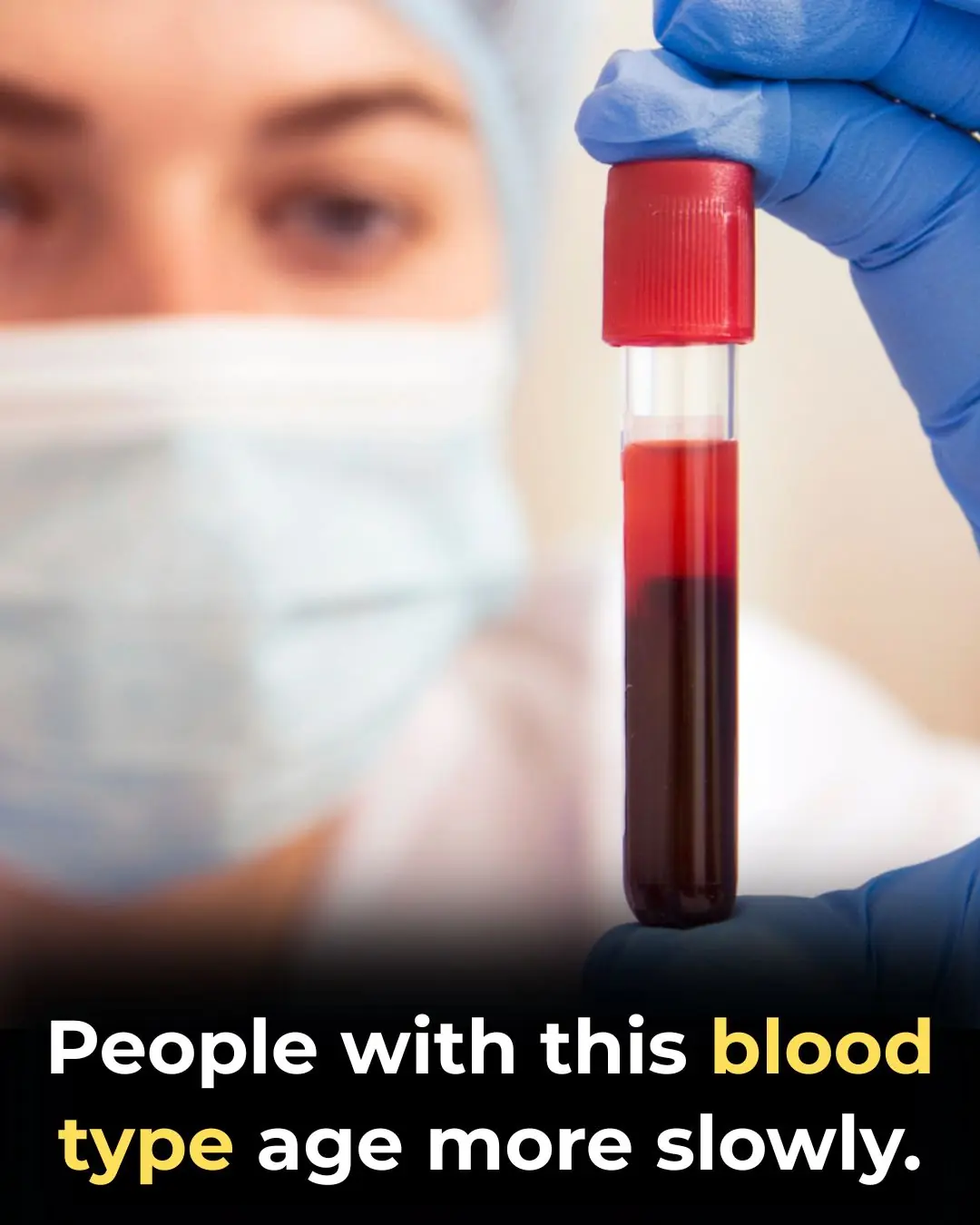
Why Those Tiny Dots on Your Nose Are Completely Normal

Why Those Tiny Dots on Your Nose Are Completely Normal
In a beauty-driven world obsessed with flawless, filtered, and poreless skin, it’s easy to label normal skin features as something that needs to be “fixed.” One of the most misunderstood examples? Sebaceous filaments.
These tiny dots are often mistaken for blackheads, leading many people to scrub, squeeze, or extract them — but here’s the real truth: sebaceous filaments are a natural, essential part of healthy skin. Not only are they harmless, but your skin actually relies on them to function properly.
What Exactly Are Sebaceous Filaments?
If you’ve ever noticed small pin-dot specks scattered across your nose, chin, or forehead, you may have assumed they were clogged pores. But in most cases, what you’re seeing are sebaceous filaments, not blackheads.
These filaments are tiny tube-shaped structures that line the pores and guide sebum (your skin’s natural oil) from the sebaceous glands up to the surface. This oil forms part of your skin’s protective barrier, helping maintain softness, hydration, and resilience.
And despite what skincare videos might suggest, they’re not meant to be squeezed, scraped, or “removed.”
Dermatologist Dr. Dendy Engelman explains:
“Sebaceous filaments may look like blackheads, but they’re usually lighter — gray, tan, or even yellowish — and they serve a key function: transporting oil to the surface to keep skin protected.”
Sebaceous Filaments vs. Blackheads: How to Tell the Difference
At first glance, the two can appear nearly identical, but biologically, they’re completely different.
-
Sebaceous filaments are normal structures made of oil and keratin.
-
Blackheads are clogged pores caused by excess oil, dead skin, and sometimes bacteria.
Dermatologist Dr. Purvisha Patel explains:
“Blackheads are essentially a type of pimple. They form raised bumps and result from buildup and blockage. Sebaceous filaments, on the other hand, are harmless and naturally occur in everyone.”
A quick way to differentiate:
| Feature | Sebaceous Filaments | Blackheads |
|---|---|---|
| Color | Gray, tan, yellow | Dark brown or black |
| Texture | Flat, uniform dots | Raised bumps |
| Cause | Normal pore anatomy | Blocked pore |
| Should you remove? | No | Can be treated carefully |
Who Has Sebaceous Filaments? Pretty Much Everyone
Sebaceous filaments are universal — if you have pores, you have them.
They may be more visible in certain situations:
-
Oily skin types often show more pronounced filaments.
-
Puberty and hormonal shifts can cause increased sebum production, making them darker.
-
Aging decreases skin elasticity, which can make pores (and filaments) appear larger.
-
Sun damage and over-cleansing can dry out the skin, causing the sebaceous glands to overproduce oil — which makes filaments more noticeable.
In other words, the visibility of sebaceous filaments often says more about your skin type, not your skincare habits.
Should You Remove Them? Dermatologists Say No
With the rise of extraction videos and pore vacuum gadgets, it’s tempting to squeeze or pull out anything that resembles buildup. But experts warn that sebaceous filaments should not be extracted.
Even if you remove them, they return naturally within a few weeks because your skin continues producing oil. Removing them is like trying to stop your scalp from producing hair — it’s not possible, and it isn’t good for you.
Instead of removing them, focus on reducing their visibility.
Helpful options include:
-
Gentle cleansers that don’t strip your skin
-
Exfoliants like salicylic acid (BHA) or alpha-hydroxy acids (AHAs)
-
Clay masks that absorb excess oil
-
Non-comedogenic moisturizers to balance the skin barrier
The Risks of Picking or Over-Extracting
Trying to manually force out sebaceous filaments can do more harm than good.
Dr. Joshua Zeichner warns that aggressive extraction can cause:
-
Skin barrier damage
-
Scabbing or bleeding
-
Infection
-
Dark marks (post-inflammatory hyperpigmentation)
-
Permanent scarring
-
Increased breakouts
Ironically, the more you pick at your pores, the more visible they can become over time.
The Truth About Viral “Skin Gritting”
A popular social trend called skin gritting claims to “purge” filaments using oils, acids, and clay masks layered in a specific sequence. While the results may look dramatic, dermatologists say the gritty bits that wash off are usually just leftover product — not actual filaments.
Dr. Engelman cautions:
“The routine may remove surface buildup, but long-term, this kind of aggressiveness can loosen skin, enlarge pores, and irritate the barrier.”
How to Care for Skin with Sebaceous Filaments
The goal isn’t to erase filaments — because you can’t. The goal is to keep pores clean and balanced so they appear smaller and lighter.
Smart skincare habits include:
-
✔️ Using gentle exfoliants such as AHAs, salicylic acid, sulfur, retinol, or vitamin E
-
✔️ Applying clay or charcoal masks weekly
-
✔️ Avoiding heavy, pore-clogging ingredients like coconut oil, shea butter, petroleum, or certain essential oils
-
✔️ Keeping your routine simple, consistent, and barrier-friendly
A healthy complexion will always have texture — and that’s normal.
The Bottom Line
Sebaceous filaments aren’t flaws. They aren’t signs of dirty skin or poor hygiene. They’re simply evidence that your skin is functioning the way it should.
Instead of striving for poreless perfection — something no human has naturally — focus on balance. Protect your skin barrier, manage oil production wisely, and embrace the natural texture that makes your skin… skin.
Your pores don’t need to disappear. They just need to be cared for.
News in the same category


Trump Gives Update on $2,000 Check Plan

The Netherlands Builds a 600-Meter Floating System to Clean Ocean Plastic: A Breakthrough for Global Marine Protection

✅ International Medical Recommendations for Treating Snakebites

🌟 Belgium’s 15-Year-Old Prodigy Earns a PhD in Quantum Physics — A Remarkable Journey of Genius and Innovation 🌟

Breakthrough Cell Transplant Restores Insulin Production, Offering New Hope for Diabetes Reversal

A Homeless Pup's Heartfelt Payment: A Story of Kindness and Unspoken Bonds

Renewable Energy Surpasses Coal as World's Largest Source of Electricity: A Historic Milestone for Humanity and the Planet

What You Do First in This Scenario

Revolutionary Alzheimer's Treatment: Sound Waves Used to Remove Brain Plaques and Restore Memory

From Space to Earth: The Science Behind Felix Baumgartner’s Record-Breaking Jump

Transforming Oil into Green Prosperity: The Success of Norway’s Sovereign Wealth Fund
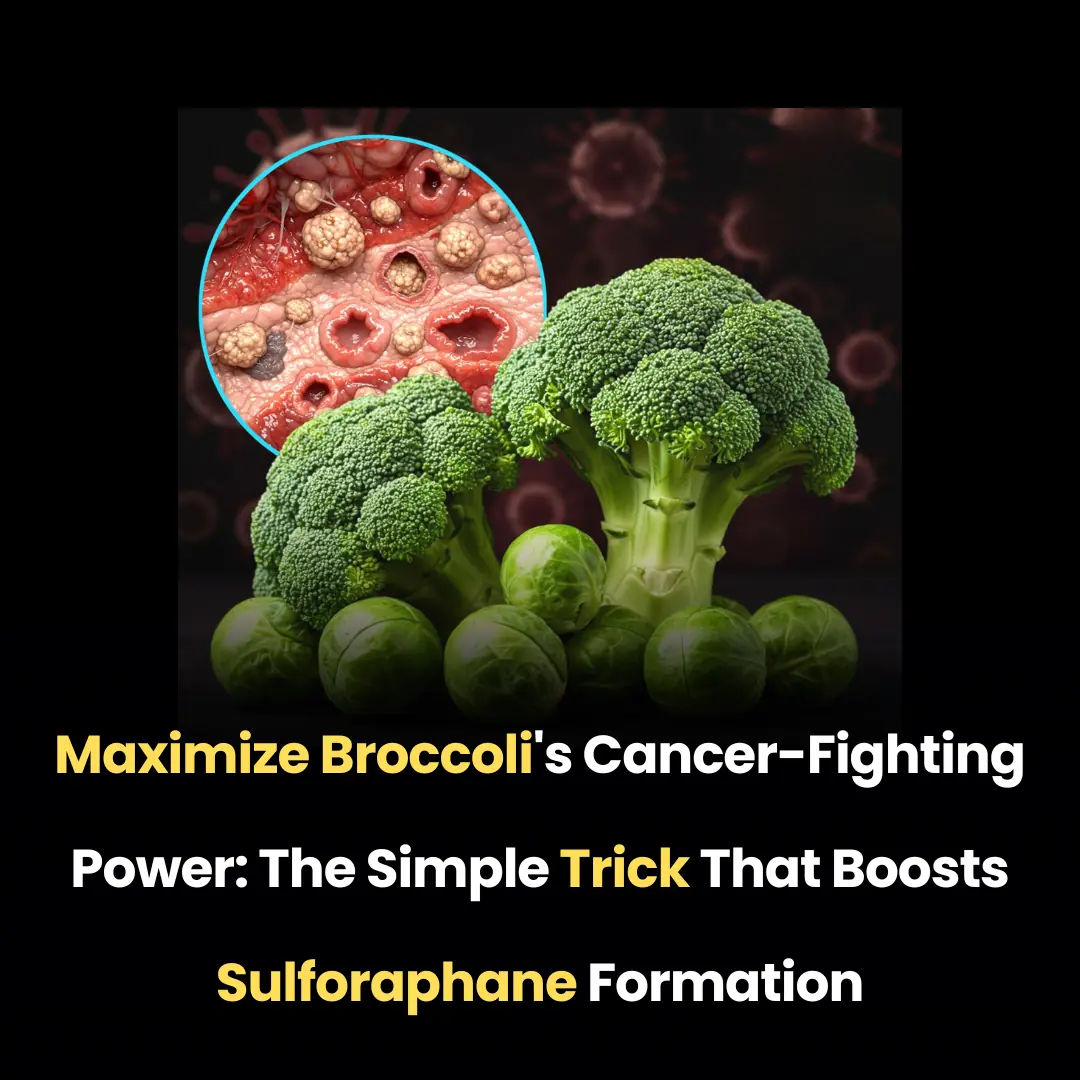
Maximize Broccoli's Cancer-Fighting Power: The Simple Trick That Boosts Sulforaphane Formation
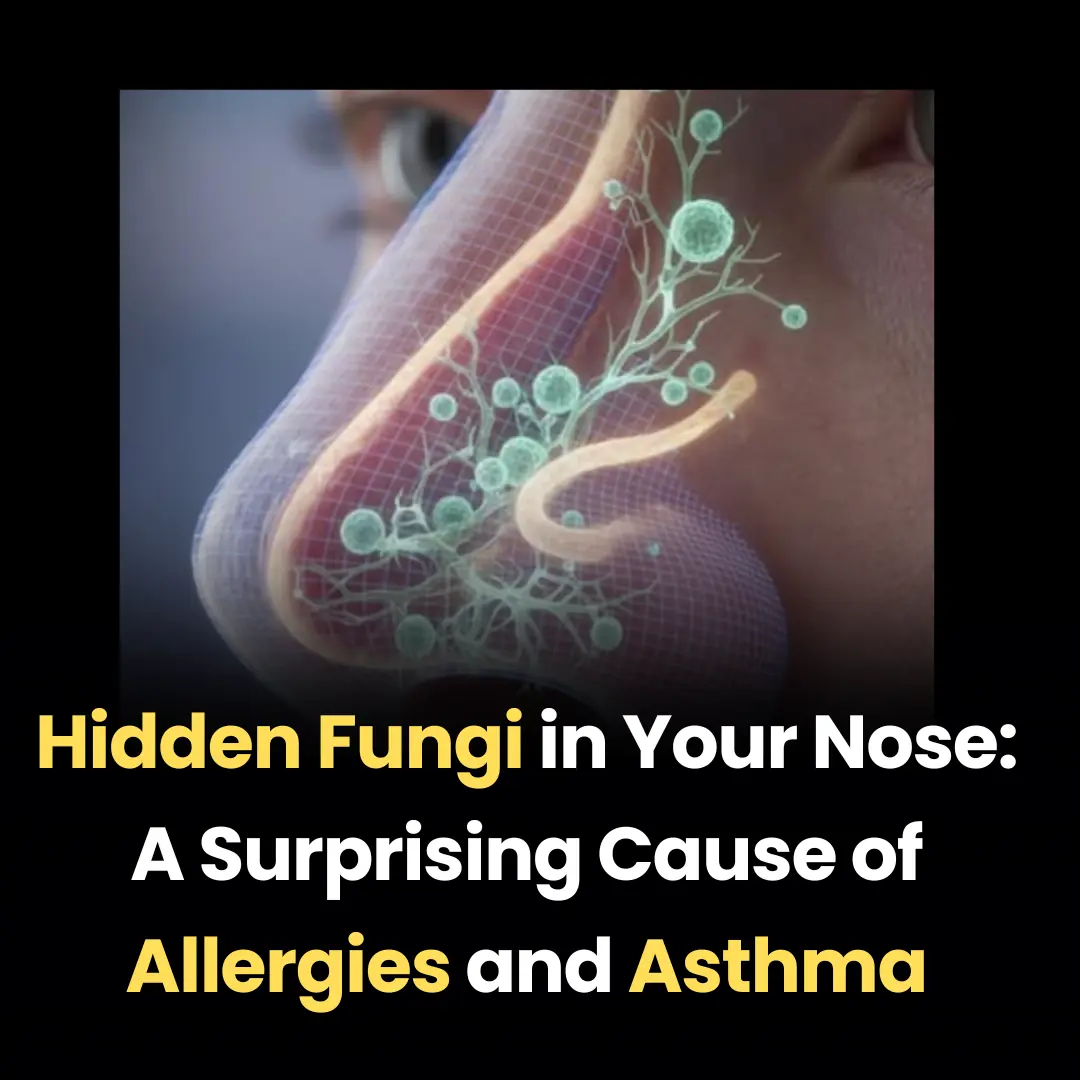
Hidden Fungi in Your Nose: A Surprising Cause of Allergies and Asthma

From Dialysis to Remission: How New Drugs Are Changing the Fight Against Chronic Kidney Disease
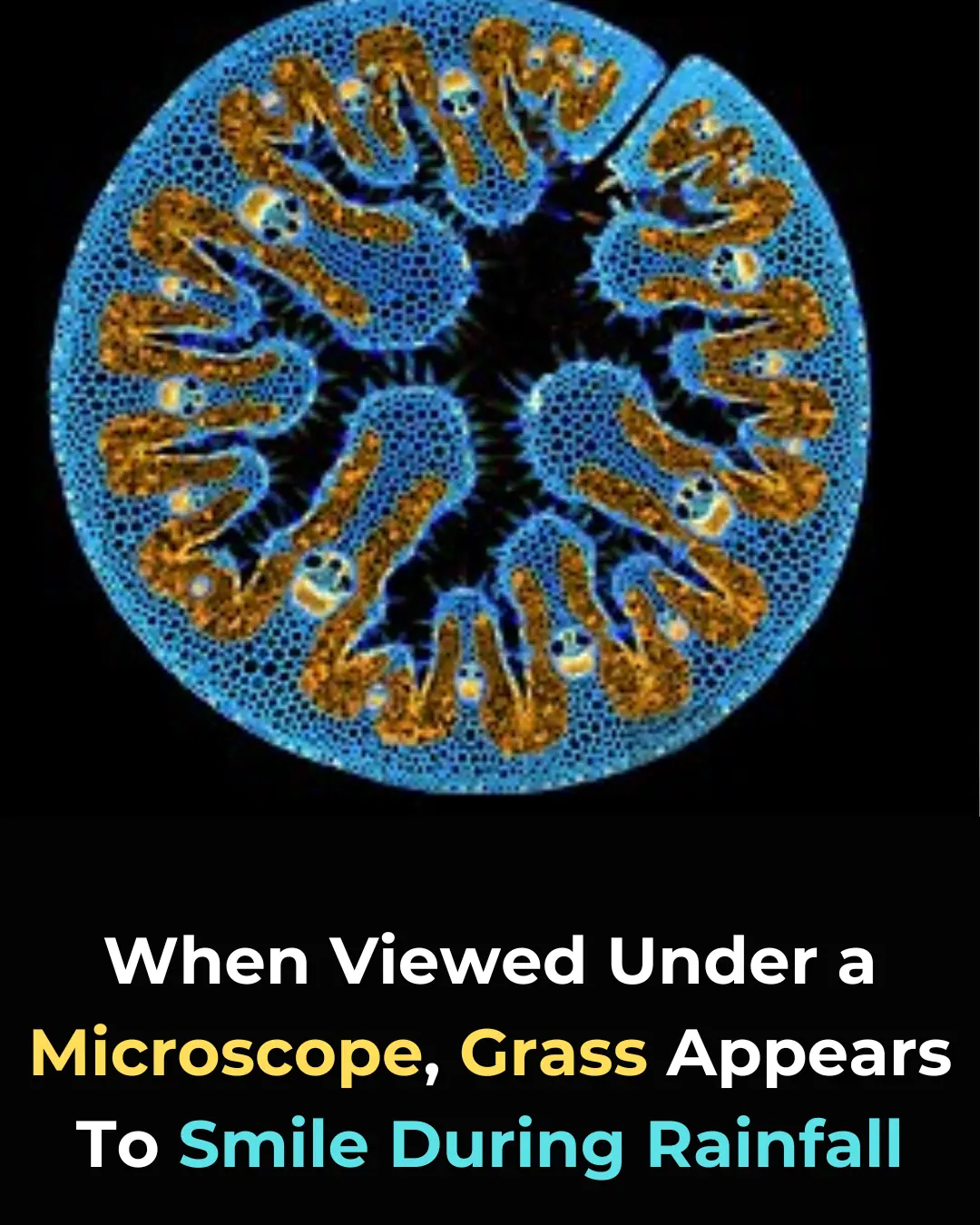
The Hidden Beauty of Grass: Discovering Smiling Faces Under the Microscope

The Quiet of Blue Whales: How Climate Change is Affecting Whale Behavior and Ecosystems

The Arrival of Mosquitoes in Iceland: A Sign of Shifting Ecosystems and Public Health Risks

PP405: A Promising New Drug That Could Revolutionize Hair Loss Treatment by Reactivating Dormant Hair Follicles
News Post

Could Your Blood Type Be Influencing How You Age

Treating Nail Fungus Naturally
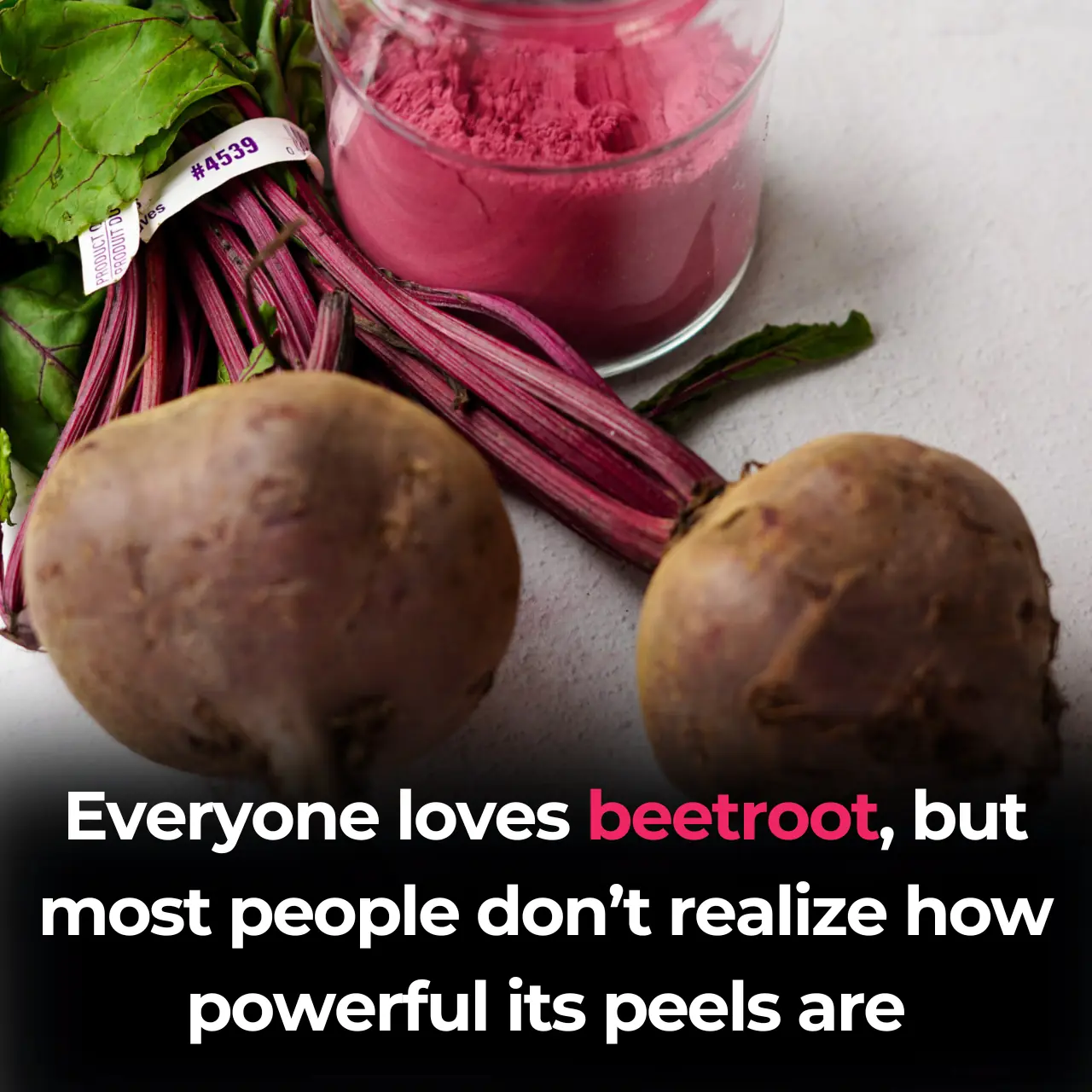
The Ultimate Guide to Beetroot: Benefits, Uses, and Creative Ways to Enjoy It

Stop Shaving! Discover Natural & Long-Lasting Hair Removal for Face & Body
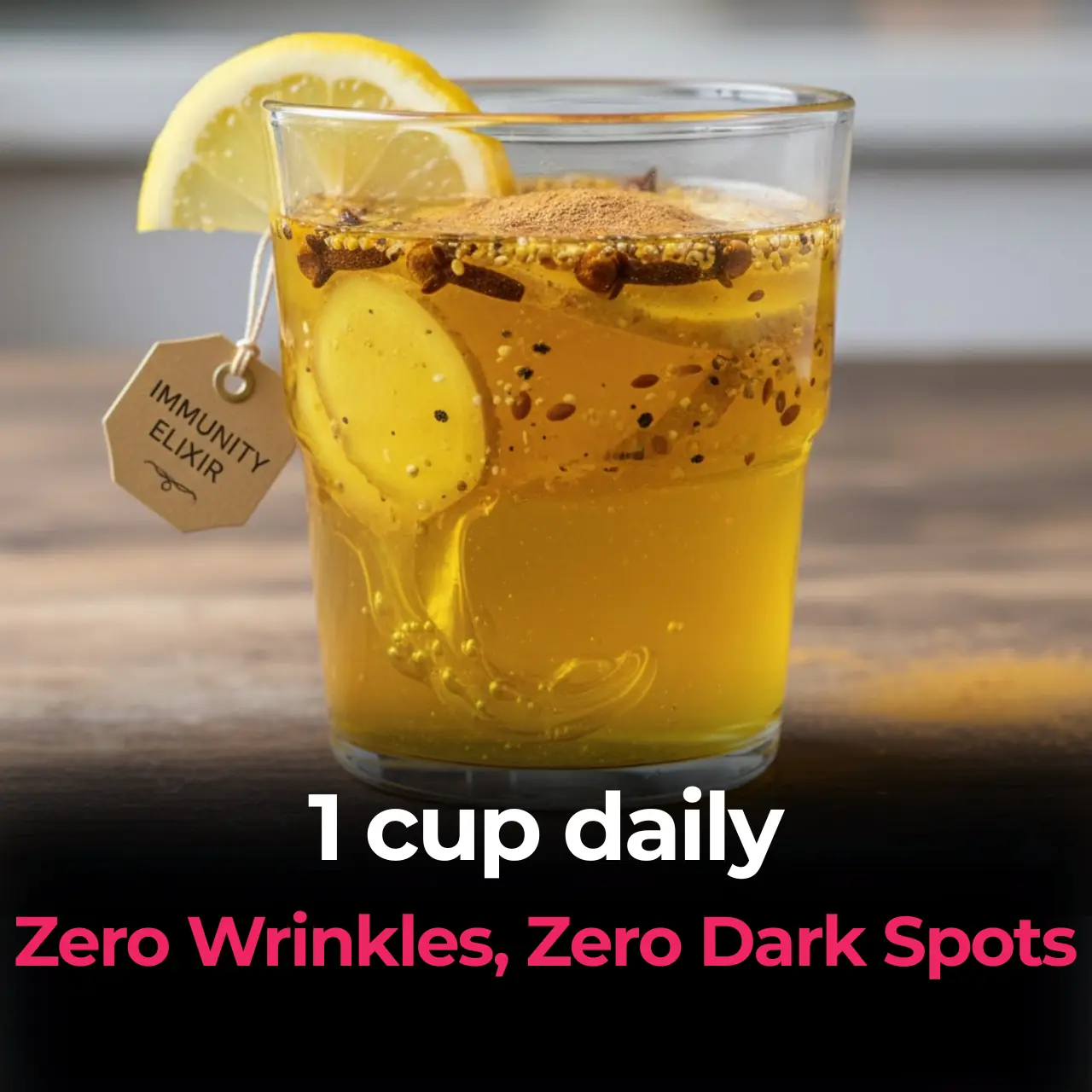
Clove Turmeric Collagen Drink: Zero Wrinkles, Zero Dark Spots

7 ways to protect your heart during the winter months
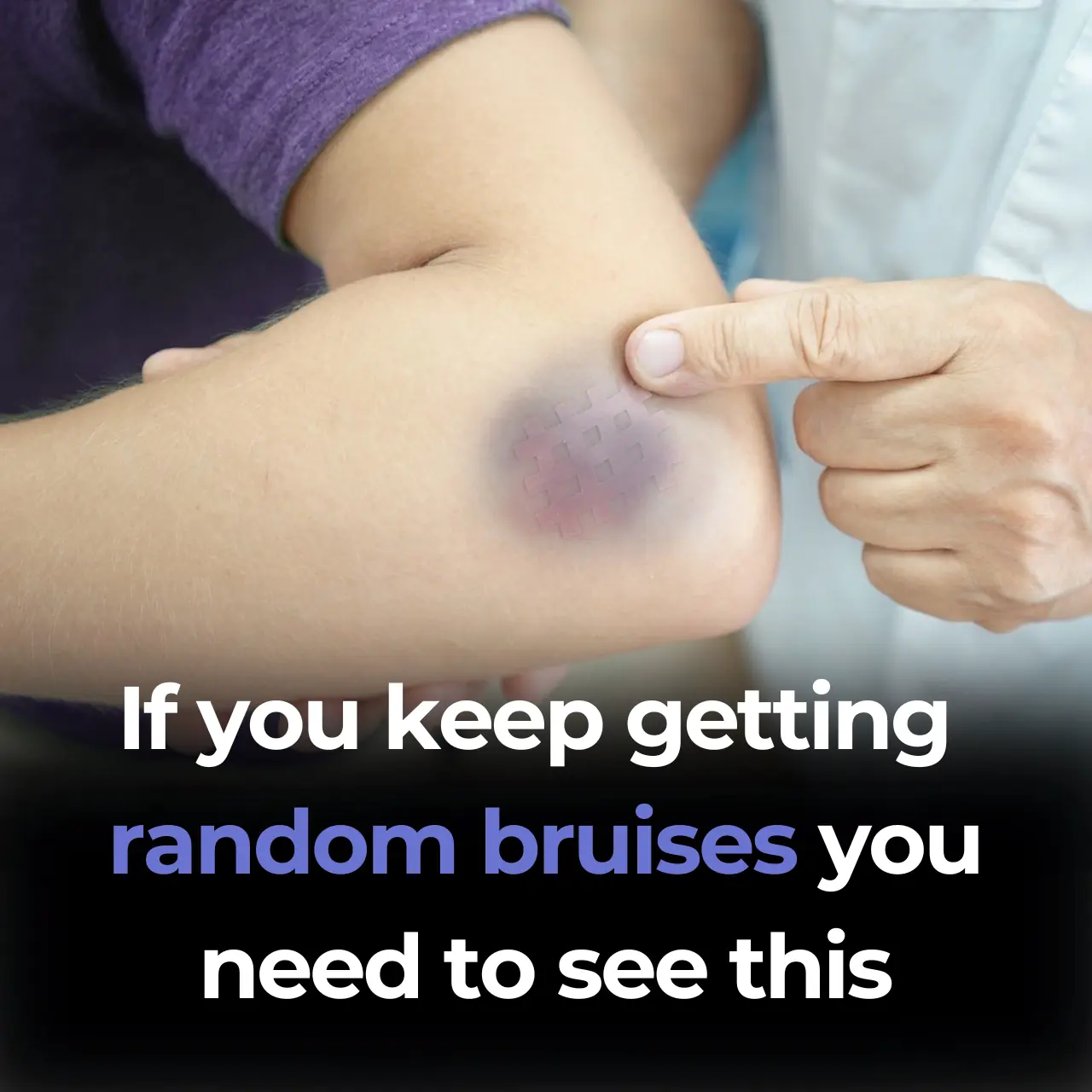
Unexplained Bruising on Your Body: Causes and Treatments

Coconut water: Is It Good for You, Nutrition, Benefits, Side Effects (Science Based)

Man’s 25% Tip Refusal Sparks Debate Over Tipping Culture

Pick the Breakfast You’d Eat

Trump Gives Update on $2,000 Check Plan
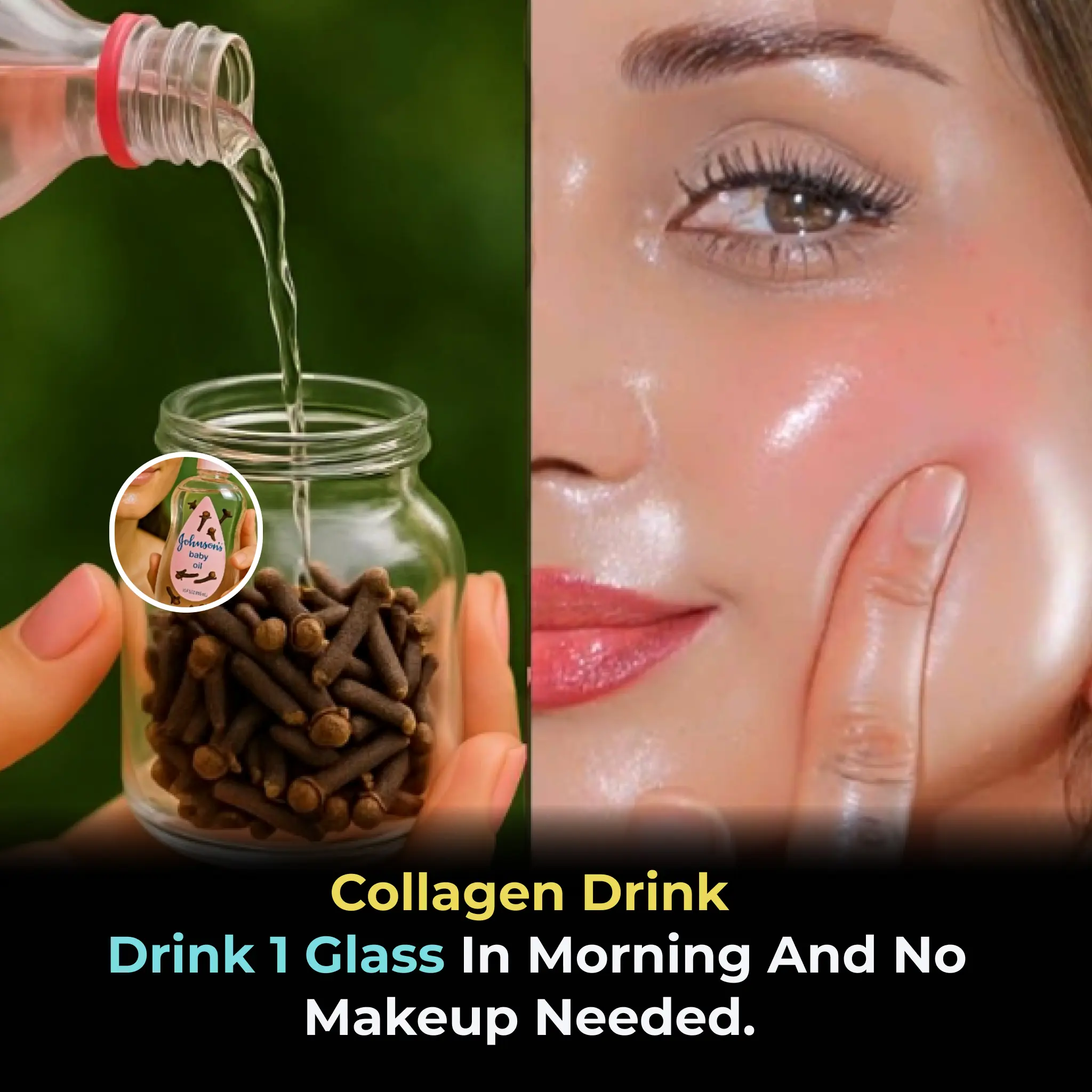
Collagen Drink Drink 1 glass in morning and no makeup Needed.

How to fry delicious, green, and neat spring rolls made from 10 leaves like 1
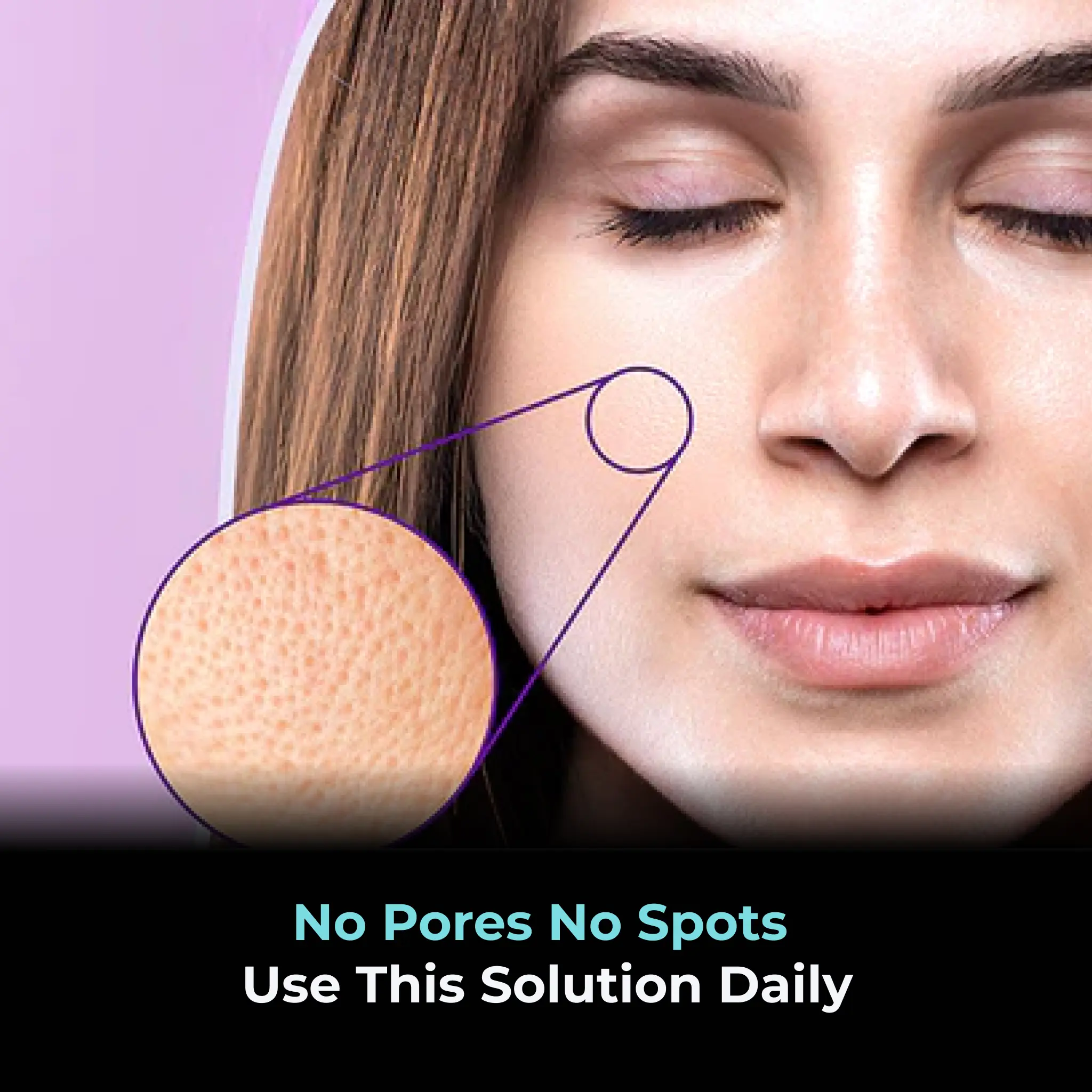
No Pores No Spots Use this Solution daily
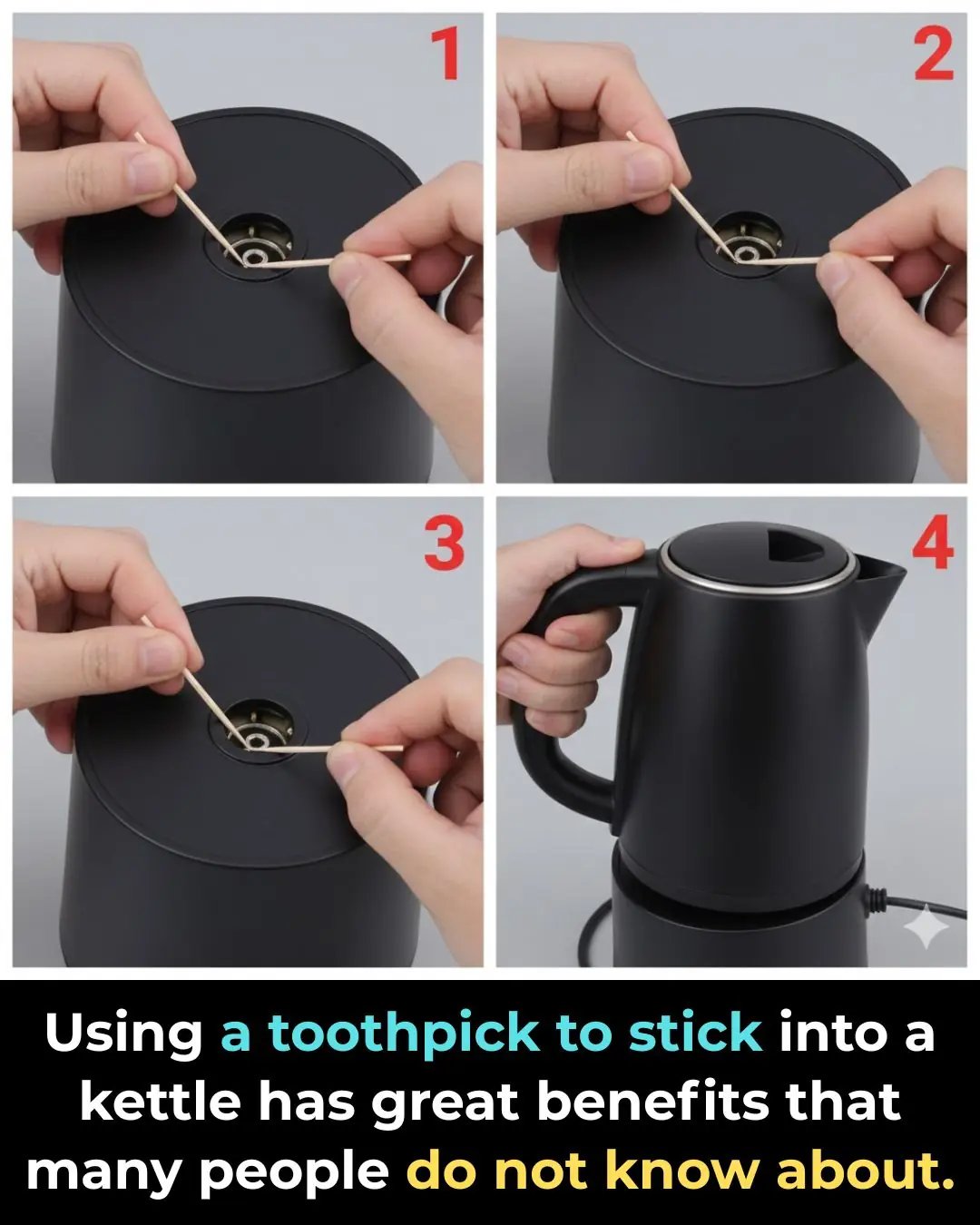
Using a toothpick to stick into a kettle has great benefits that many people do not know about.
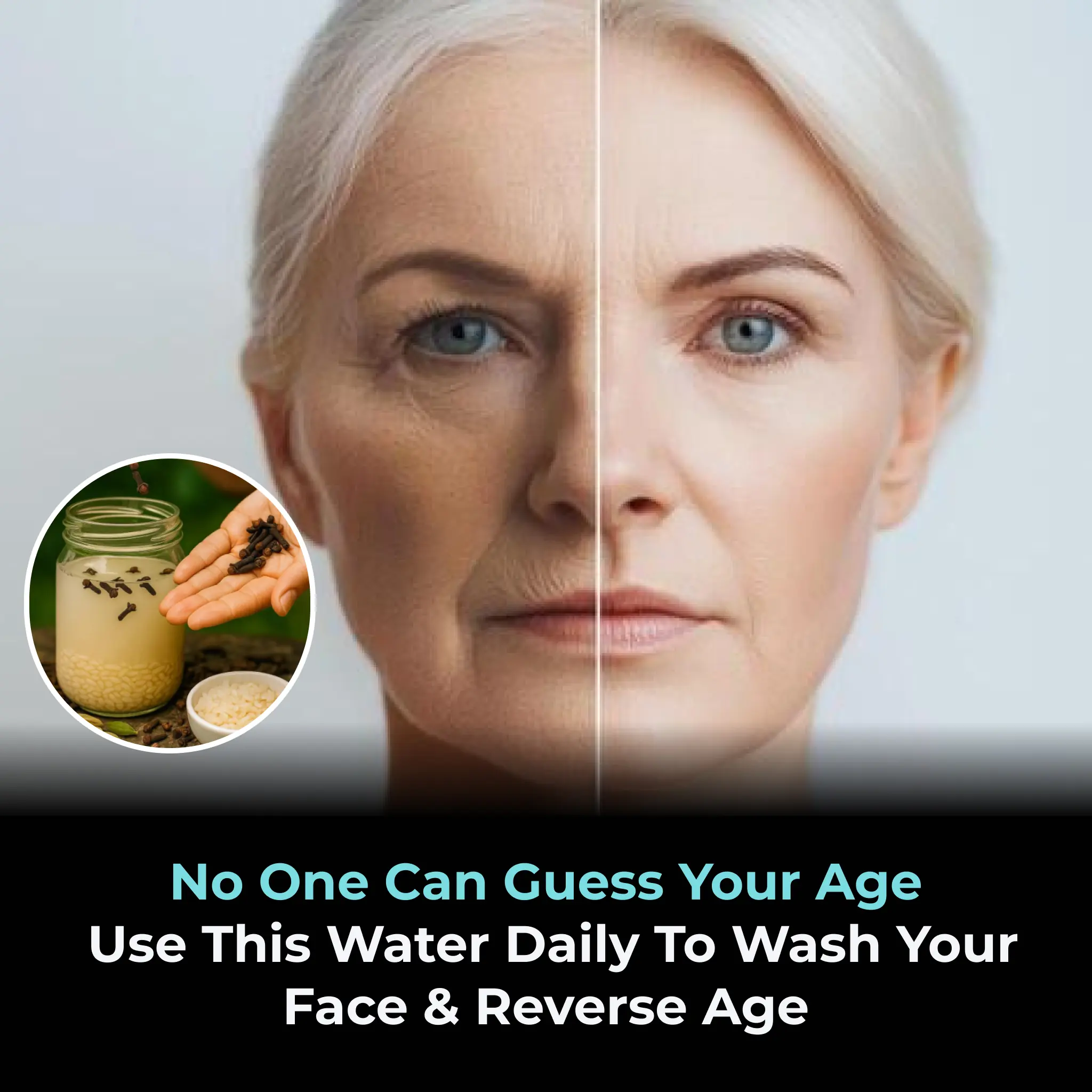
No One can Guess your Age Use this water daily to wash your Face & Reverse Age
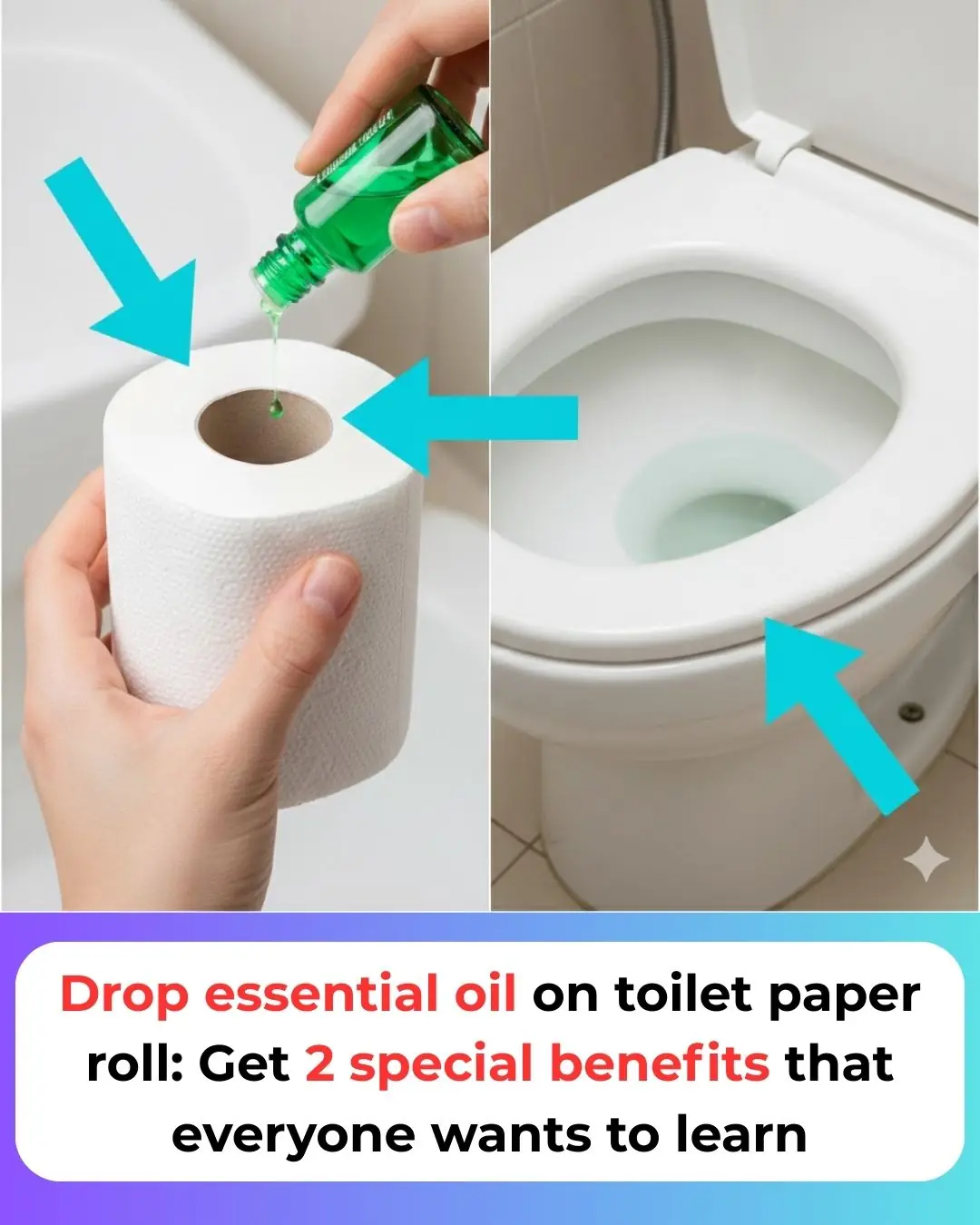
Drop essential oil on toilet paper roll: Get 2 special benefits that everyone wants to learn

Lose just 1 gram of fat in your pancreas – and your diabetes may reverse, study finds
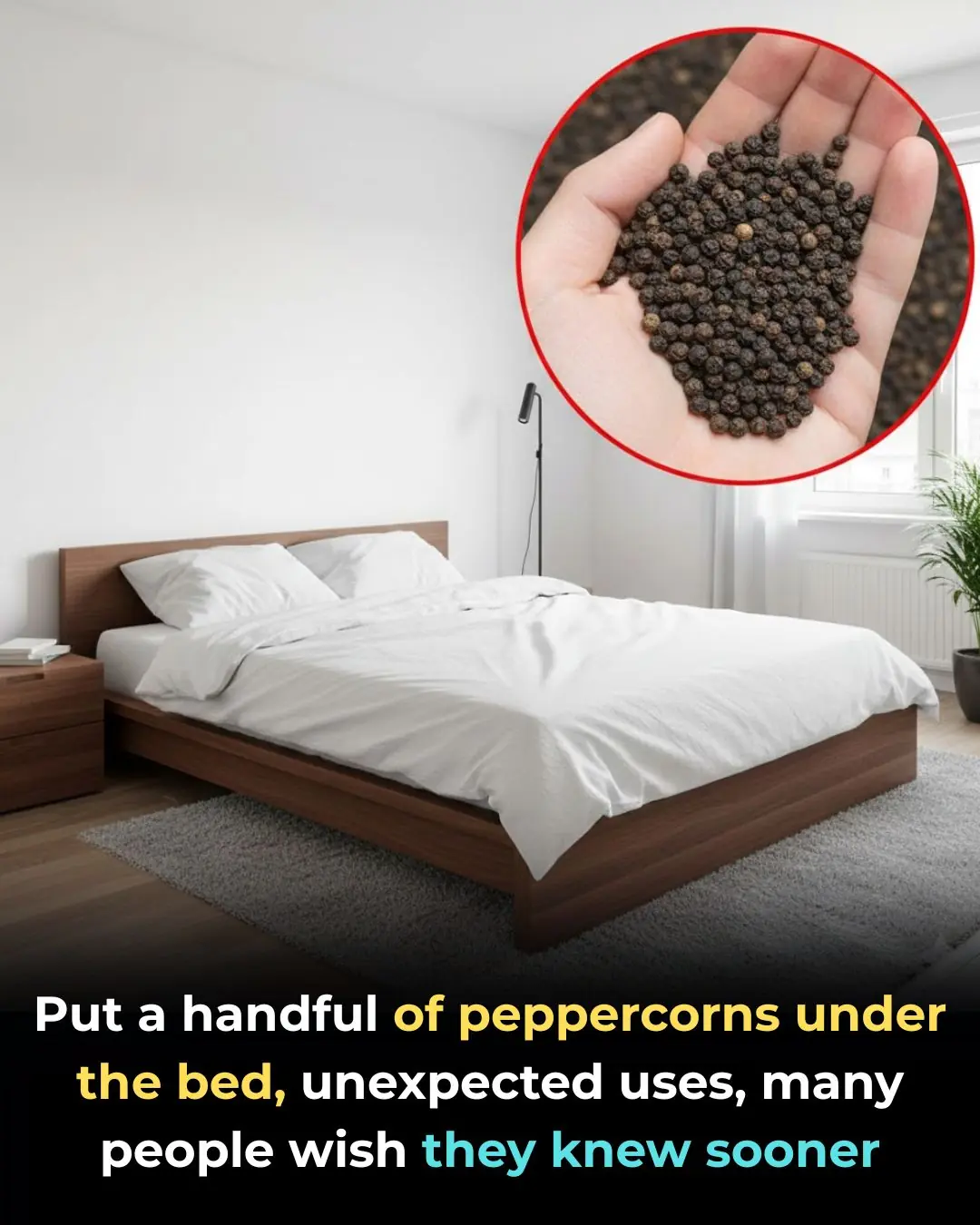
Put a handful of peppercorns under the bed, unexpected uses, many people wish they knew sooner
